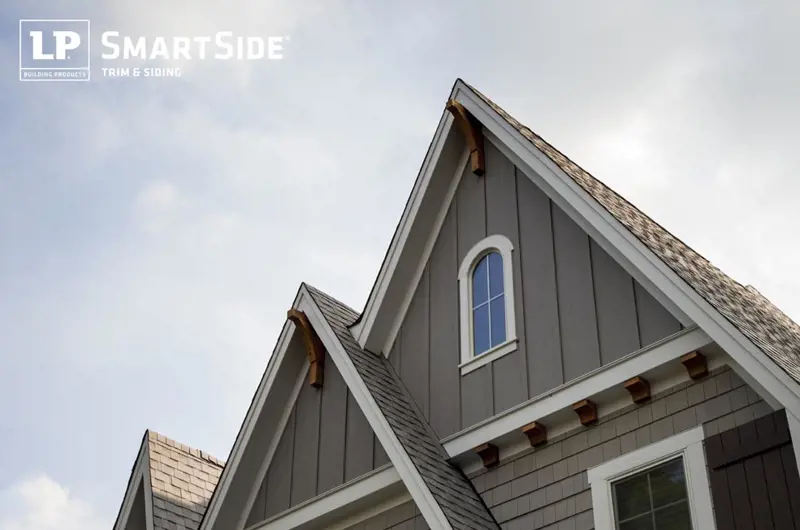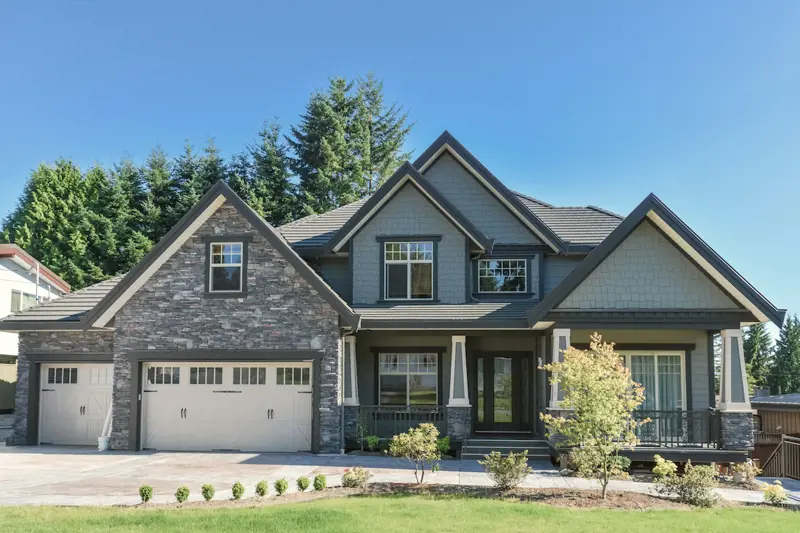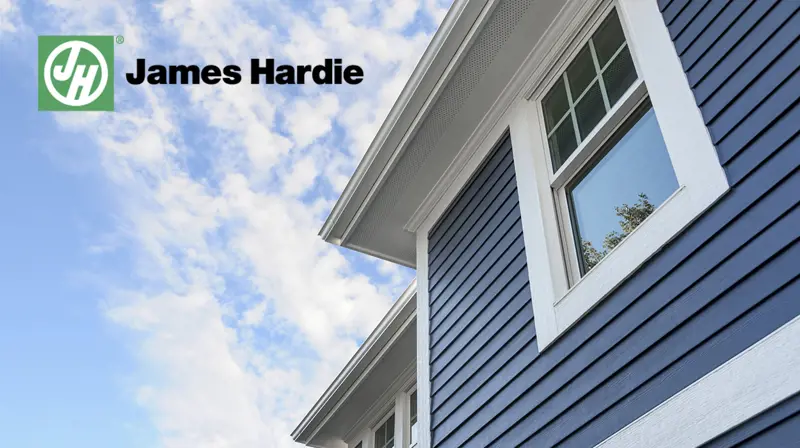
Fiber Cement Siding Alternatives
What is fiber cement siding?
Fiber cement siding is one made from a composite material of cement and fibers, it’s considered a type of masonry siding. Cement is a powdery substance made with lime and clay. It can be mixed with water to form mortar or mixed with sand, gravel, and water to make concrete. Typically fiber cement siding is made from a mixture of cement, sand, and wood or cellulose fibers. The fibers reinforce the strength of the siding to prevent cracking.
Fiber cement siding, like other types of siding, is non-structural. It’s applied to the exterior of buildings to protect them from water, wind, insects, and other outside elements.
Fiber-reinforced building materials have been around for over a century. Originally the fibers were made of asbestos, once it became widely acknowledged that asbestos could be life-threatening manufacturers engineered new alternatives.
Who makes fiber cement siding?
There are several vendors who make fiber cement siding. We’ll introduce them to you in the Fiber cement siding is one of the best home improvement investments can make for your home. There are several options to choose from, learn about them in this post.following section.
James Hardie

James Hardie is one of the most widely recognized brands of fiber cement siding. The company was founded in Australia and has been around for over 100 years. James Hardie really took off in the 1980s with the introduction of asbestos-free fiber cement siding products.
James Hardie Fiber Cement Products
- HARDIEPLANK® Lap Siding
- HARDIESHINGLE® Siding
- HARDIEPANEL® Vertical Siding
- HARDIETRIM® Boards
- HARDIESOFFIT® Panels
- ARTISAN® by James Hardie
- HARDIEBACKER® Cement Board
- HARDIEWRAP® Weather Barrier
Nichiha

Nichiha has been manufacturing fiber cement siding since 1974 and they’ve been in the U.S. market for over 20 years now. Nichiha is a leading fiber cement manufacturer in Japan where about 30% of single-family houses are covered by Nichiha products.
Nichiha Fiber Cement Products
- Architectural Wall Panels
- Premium Siding
- NichiProducts
Allura
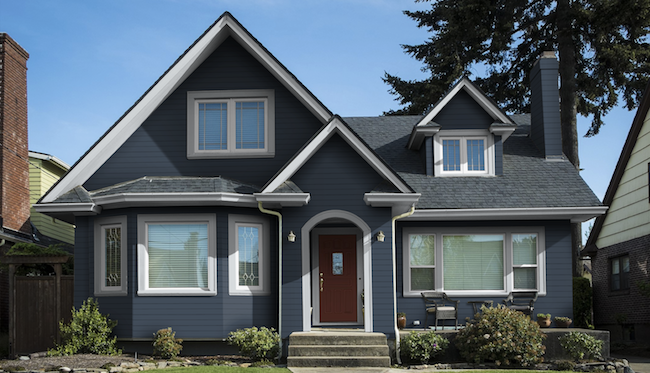
Allura has a 75-year history of manufacturing fiber cement products. Their first plant opened in Colombia in 1942 and they currently have 13 fiber cement manufacturing sites located in the U.S. and Latin America.
Allura Fiber Cement Products
- Lap Siding
- Plycem Trim
- Panels
- Multishake
- Soffit
- Backerboard/Underlayment
Fiber Cement Pros
Fiber cement is known for its durability but what are some other benefits of fiber cement siding? We’ve listed them below:
Long life span
Fiber cement is made from sustainable materials that withstand weather, wear, and insects better than other siding materials
Versatility
Manufacturers offer fiber cement siding with the appearance of smooth, wood grain, and stucco textures.
Fire and Heat Resistant
Many fiber cement siding products are 1-hour, fire-resistant rated and won’t ignite under direct flame or heat.
Weather Resistant
While extreme heat and humidity can wreak havoc on some types of siding, that’s not the case for fiber cement. Damage by hail and constant UV exposure are also less of a concern for fiber cement siding than they are for aluminum or vinyl siding.
Warp and Rot Resistant
Many homeowners appreciate the look of wood siding until it begins to swell, warp, and rot from moisture absorption from rain, snow, and heat and humidity. Fortunately, homeowners can get the look of wood siding plus durability in fiber cement siding.
Low-Maintenance
Fiber cement siding benefits from reapplying caulk along the edges (usually several years after installation) but it doesn’t require the same level of maintenance as wood, vinyl, or aluminum siding. Other siding materials may require regular paint or power washing.
High Return on Investment
At the point of sale, homes with manufactured masonry siding receive a higher return on investment than those with other siding materials.
Check out the Cost vs Value report for 2019 to see ROI for home improvement projects in the Dallas area.
Fiber Cement Cons
Every siding material has its own set of pros and cons. Fortunately for anyone interested in fiber cement siding, the list of drawbacks is short:
Cost
What you should know:
- The cost of fiber cement siding projects is typically higher than vinyl or aluminum siding projects because the material is more expensive and the installation requires more skill
- It’s typically priced at less than other masonry siding options like brick or stucco
- Factory-applied paint is an additional cost, some homeowners opt for primed-only and contract painters who charge less
Installation
Fiber cement is heavy and requires experienced professionals for a good quality installation. Often when homeowners run into problems with their fiber cement siding, it’s more likely to stem from an improper installation than a product problem.
Popular alternatives to fiber cement siding
Vinyl, wood, and steel are all popular siding materials and provide you with alternative options to fiber cement siding.
Vinyl Siding
Vinyl siding is a popular choice for homeowners because it’s available in multiple styles and for all budgets. Quality levels range from inexpensive economy grade vinyl (0.038” thick) to expensive premium grade vinyl (0.048”+ thick).
What’s it made from?
Vinyl siding is made from polyvinyl chloride (PVC), higher grade vinyl also uses other materials to make it harder providing more rigidity to the end product.
Who manufactures vinyl siding?
There are many manufacturers of vinyl siding. Some brands that we’ve used with our clients in the past include:
- Alside
- Certainteed
- Owens Corning
Wood Siding
Wood siding remains a popular siding product among homeowners. It’s beautiful and when installed on your house, it’s one of a kind. No matter how much manufacturers try to replicate the look of wood it’ll never match the unique grain patterns of natural wood. Wood siding is available in clapboard as well as shakes and shingles. Wood siding is more likely to be used in custom homes because it is expensive, requires regular maintenance, and is susceptible to insects.
What’s it made from?
Well, it’s made of wood! Obvious, right? Depending on the manufacturer, you’ll have access to a wide variety of wood species for your home siding project. Cedar is one of the most commonly used but if wood siding is the direction you’re heading in you’ll want to consult with experts about what wood species makes more sense for the climate of where your house or structure is located. Don't forget to ask about engineered wood options.
Who manufactures wood siding?
- Real Cedar
- Dow’s Eastern White Shingles & Shakes
- Maibec
Steel Siding
Steel siding has been a popular choice for use on industrial and commercial buildings and is growing in popularity for use as residential siding as well. Manufacturers have engineered steel siding to be rust-resistant and now offer homeowners a variety of options for patterns and colors. Additionally, steel siding is available in styles that resemble traditional siding including wood texture finishes, beveled siding, cedar-like shingles, and more.
What’s it made from?
Modern steel siding is made from galvanized steel or stainless steel both of which are corrosion-resistant, stainless steel more so than galvanized steel. Galvanized steel is coated with a layer of corrosion-resistant zinc and stainless steel includes chromium in its mixture.
Who manufactures steel siding?
- Alside
- Ply Gem
- Mastic
Which siding to install on your home
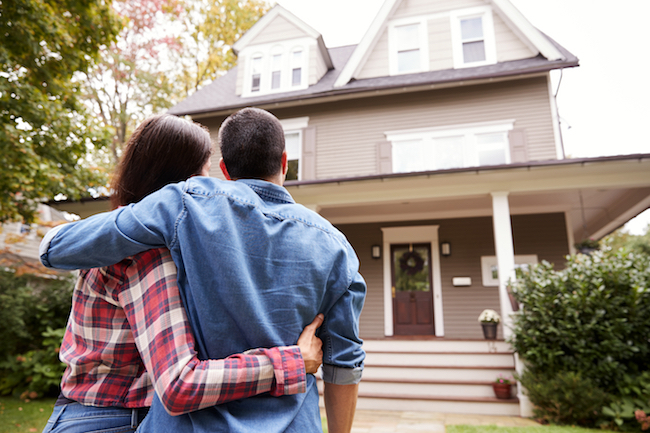
Companies that manufacture building products will continue to innovate to provide consumers with better more durable and efficient products. The product that will work best for your home and project depends on the style, location, maintenance level, and personal preference.
As you explore your options think about the styles you like, colors, and how much you think you’d be comfortable spending. Here are a few tips to as you get started:
- Whether you’re working with a contractor or an exterior remodeling company it’d be helpful to have some photos of what you like.
- Do some research online, talk to your friends and neighbors, or take a drive around your neighborhood for inspiration.
- Don’t forget to talk to your HOA about any color or material restrictions they may have.
- Choose a few contractors and read their reviews. Everyone may not be perfect but if they are responsive you're more likely to have a good experience.
Once you’re ready, contact your choice of contractor and let them know what you’ve got in mind. A good contractor should be able to help you identify a product that will perform well in your climate zone and meet your stylistic needs.
Brennan Enterprises is a home exterior remodeling company based in Arlington, Texas. We provide service to homeowners in the greater Dallas-Fort Worth area and specialize in residential windows, doors, roofing, and siding.
If you’re located in our area and are looking for a bid for your siding replacement project, contact us to schedule a free in-home estimate.
Oops!
We don't currently serve your area but do want to help you plan your project. Try our Build & Price tool to get an idea of window & door costs within DFW. Your area may be higher or lower but at least you'll have some idea of the price.
Thanks for stopping by.




